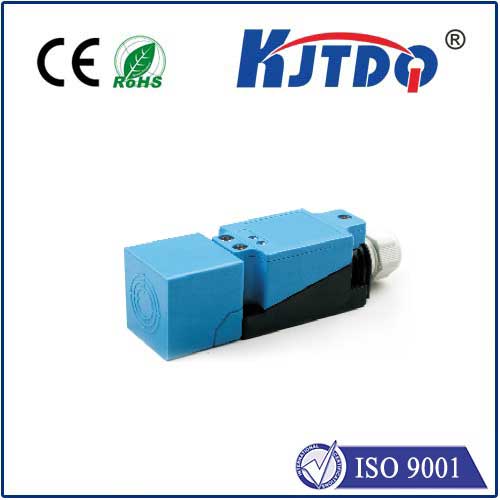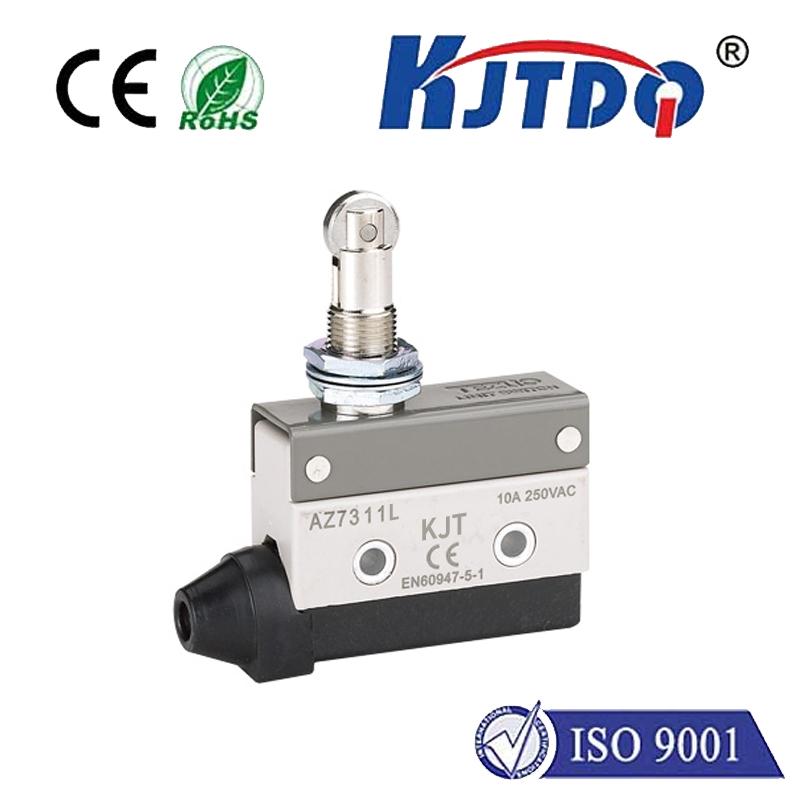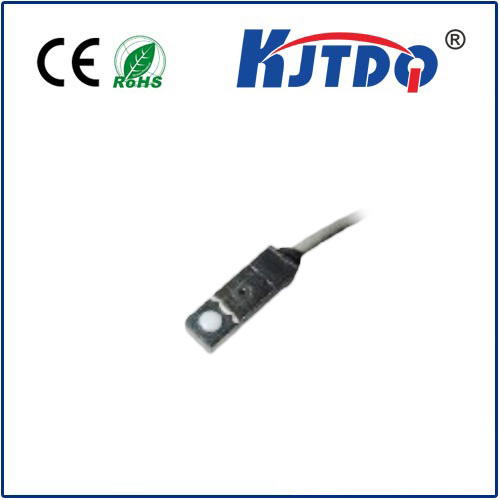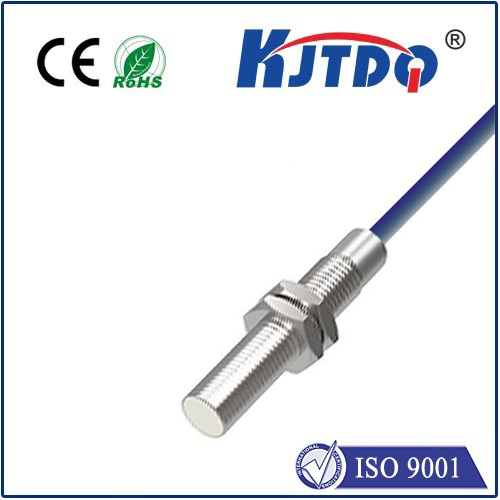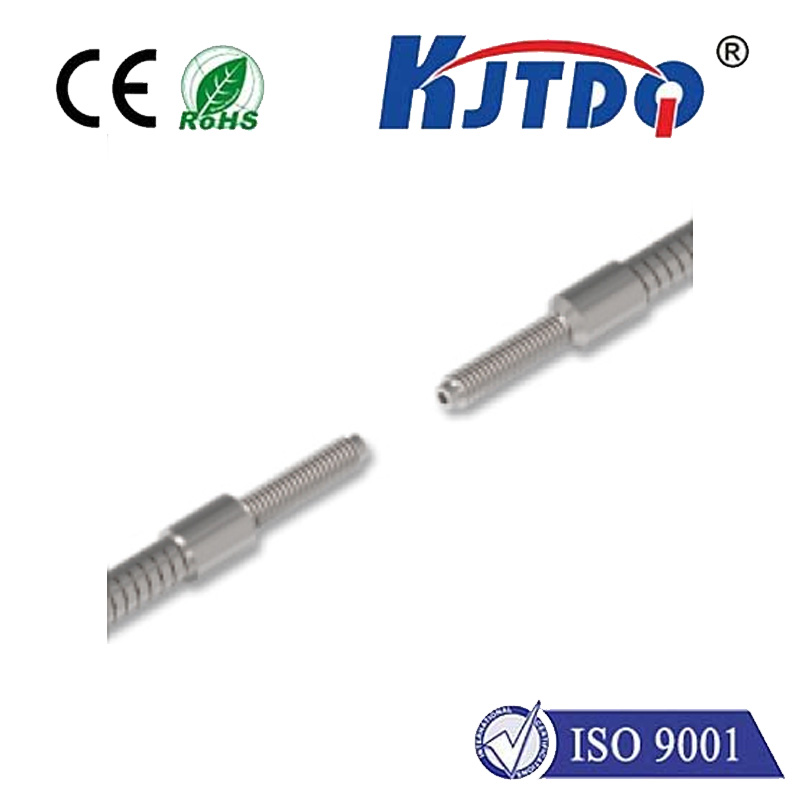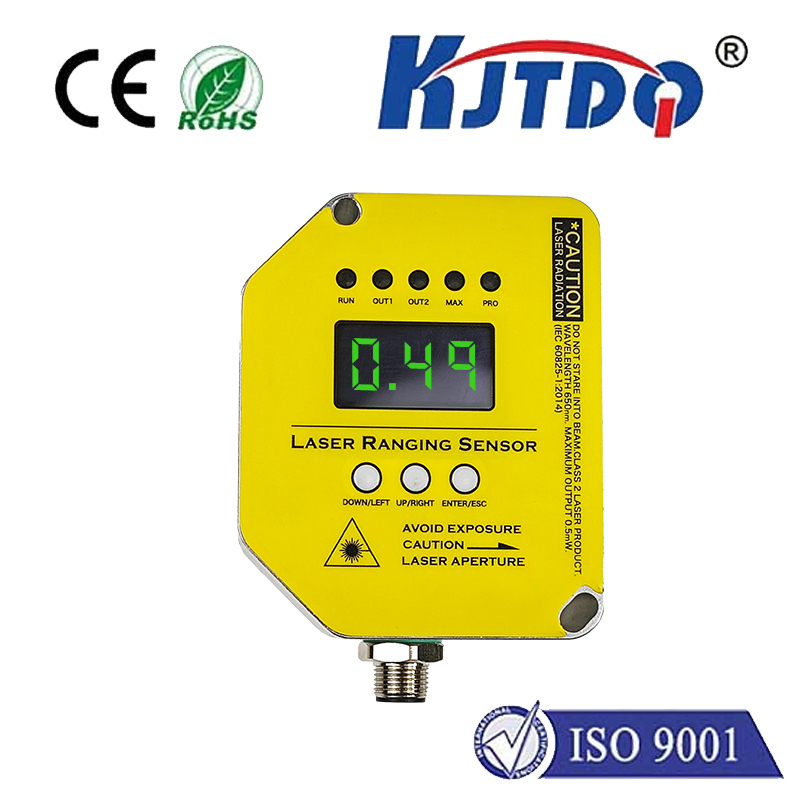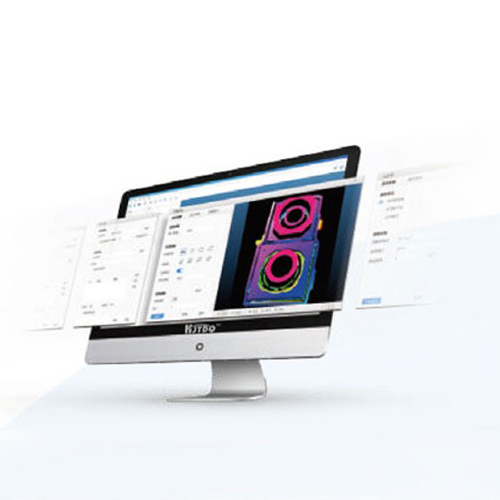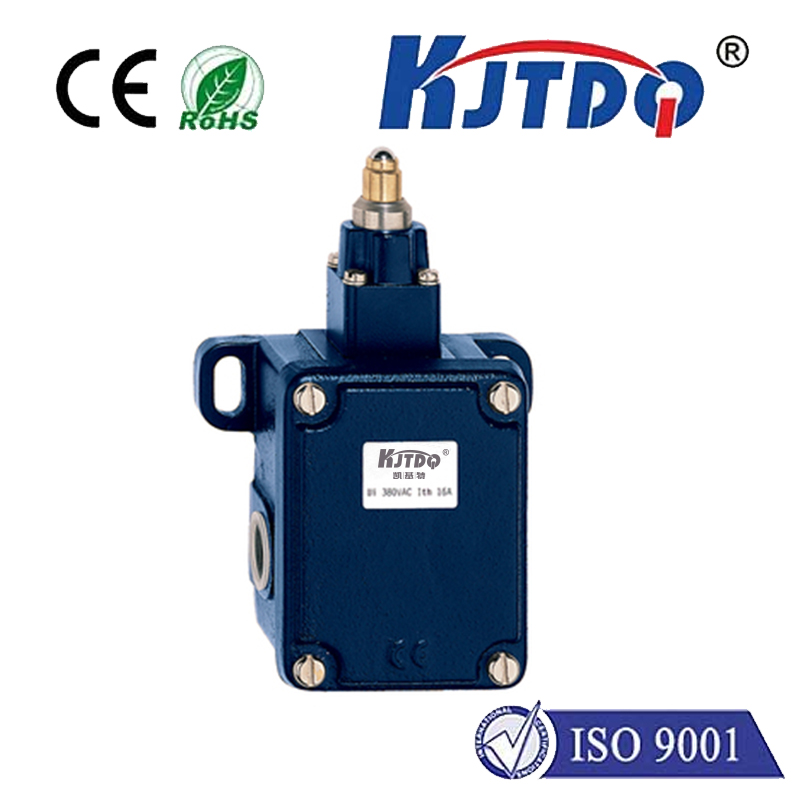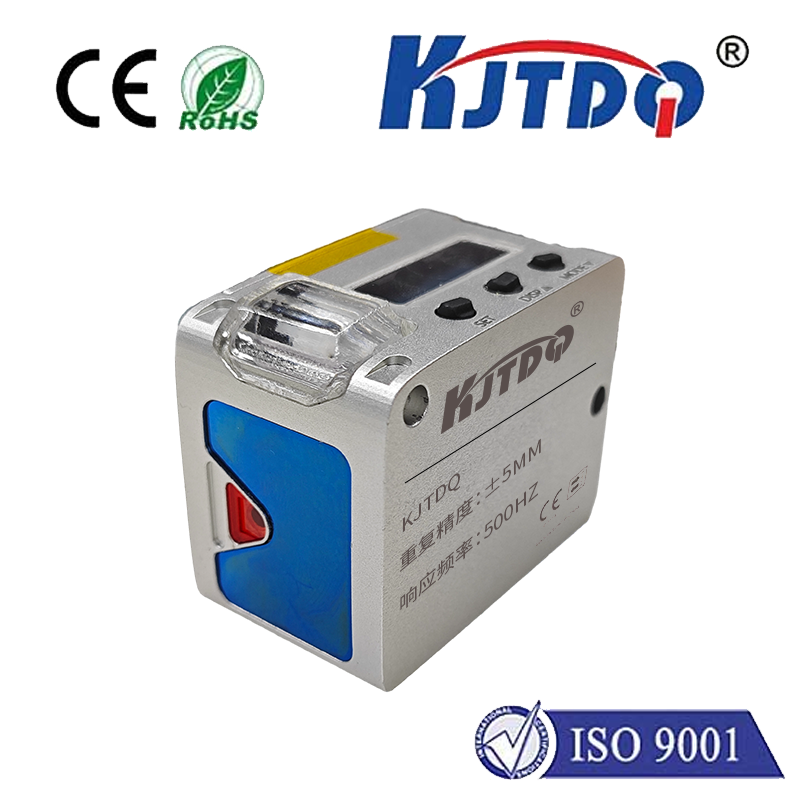

check

check

check

check

check

check

check

check

check

check
Title: Non-Contact Limit Switches: A Safe, Efficient Solution for Controlling Equipment
In industrial settings, the safety and efficiency of equipment are paramount. One crucial component in achieving these goals is the use of non-contact limit switches. These devices offer reliable control over machinery without the risk of contact, ensuring a safe and seamless operation. In this article, we will explore the benefits and features of non-contact limit switches and their role in modern industrial processes.
Introduction to Non-Contact Limit Switches
Non-contact limit switches, also known as optoelectronic switches or photoelectric switches, are electronic sensors that determine the position of an object in relation to a sensor. These switches operate based on the detection of light, making them ideal for controlling equipment in environments where mechanical contacts cannot be used, such as harsh industrial environments, high-temperature applications, or hazardous areas. By eliminating the need for physical contact with moving parts, non-contact limit switches provide a safer and more efficient way to control equipment and improve overall operational efficiency.
Features and Benefits of Non-Contact Limit Switches
1. Safety: The primary advantage of non-contact limit switches is their ability to detect motion without direct contact with the machined surface. This eliminates the risks associated with mechanical contact switches, such as broken or worn out gears, which can lead to costly repairs or even accidents. Furthermore, non-contact limits switches do not produce sparks, making them suitable for use in environments with flammable or explosive materials.
2. Reliability: Non-contact limit switches are highly reliable, with an average lifespan of several years under normal operating conditions. They are resistant to dust, moisture, and other environmental factors that can damage mechanical switches. Additionally, many non-contact switches feature built-in failsafes that automatically shut off power in the event of an issue, further enhancing their reliability and safety.
3. Versatility: Non-contact limit switches come in various shapes, sizes, and configurations to suit different equipment needs. They can be used for both open and closed loop control systems and can detect either linear or rotary motion. This flexibility makes them suitable for a wide range of industrial applications, from manufacturing processes to food processing and packaging lines.
4. Easy installation and maintenance: Non-contact limit switches require minimal installation compared to conventional mechanical switches. They are typically mounted on the machine's moving parts using screws or bolts, and their wiring is relatively straightforward. Additionally, since they do not have any mechanical components, they are less prone to wear and tear and require less frequent maintenance than mechanical switches.
Applications of Non-Contact Limit Switches
Non-contact limit switches find widespread use in various industrial applications due to their safety, reliability, and versatility. Some common examples include:
* Industrial robots: Non-contact limit switches are essential components in robots that move along complex paths or perform repetitive tasks. They ensure precise positioning and prevent collisions with other components or people.
* Material handling equipment: Non-contact limits are used in conveyor belts, palletizers, and other material handling systems to detect when objects have reached their designated locations. This allows for more efficient operations that reduce waste and improve productivity.
* Packaging machines: Non-contact limit switches are used in packaging machines to ensure that products are accurately positioned during the packing process. This helps maintain consistent quality and reduces defects during production.
* Food processing equipment: Non-contact limits are employed in food processing equipment such as mixers, grinders, and slicers to prevent accidental contact between food and mechanical components. This ensures the safety of workers and protects the quality of the final product.
Conclusion
In summary, non-contact limit switches play a crucial role in modern industrial processes by providing safe, reliable, and versatile control solutions for equipment. Their ability to detect motion without direct contact makes them ideal for harsh environments or situations where mechanical contacts can compromise safety. With their easy installation, minimal maintenance requirements
